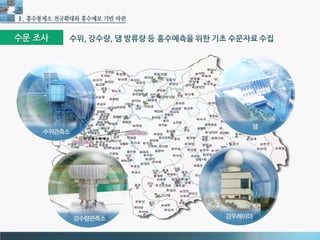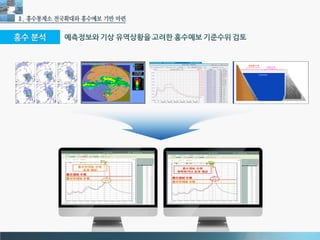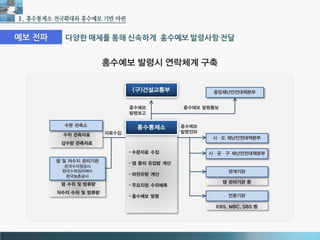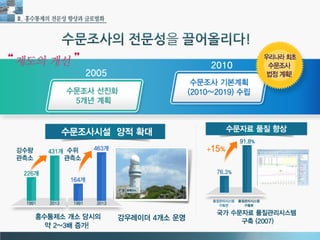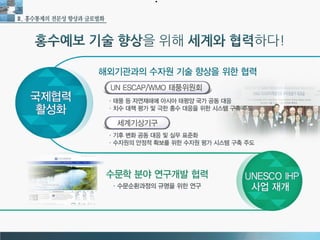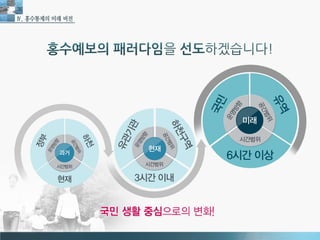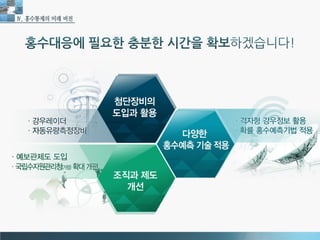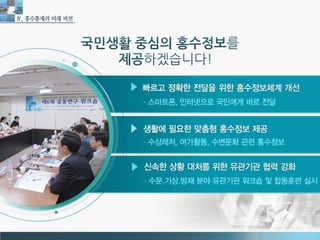Editor's Notes
- #2: ????? 40?? ??? ???? ???? (10.13 ??) <number>
- #3: ?????? 1974? 7? ???????? ??? ???? ???? ?? 4? ?????? ??, ??? ??? ??? ??? ??? ?? ???? ????. <number>
- #4: ??? ? ? ????, 40???? ? ?? ?? ???? ??? ?????... <number>
- #5: ? ?? ?? ?? ??? ??? ????? ??? ???????. ???? ???? ???? 40?? ????? ???? ??? ????? ??? ??? ?????. ? (??, ???, ???, ??, ?? ???????? ??? ????????) <number>
- #6: ???? ????, ??? ?? ??? 40?? ????! <number>
- #7: <number>
- #8: ???? ? ???! 1910?, ??????? ?? ??????. ? ? 1916?, ?????? ???? ??? ?? ?? ????? ???????. <number>
- #9: ????? ????? ??? ?? ???? ??? 1961?? ???????. ???? ???? ?? ????? ???? ????? ??? ???? ? ???? ?????? ???? ?? ??? ???? ??? ?? ???????. <number>
- #10: ????? ??? ??? ?????? ?? ????? ????? ???? ??? ???????. 1925? 4??? ?? ??? ???, 1959? ? ??? ?? ?? ‘??‘, 1972? ?? ‘??'??… ?????? ?? ??? 1970?? ???? ??? ?? ?? ??? ???????. <number>
- #11: ?? 1972? 8?, ?? '??'? ?? 882mm? ???? ?????? ?? ?? 516?? ????? ???????. ?? ??? ?? ???? ??? ???? ?? ??? ??? ?? ?? ??? ???? ????? ???? ?? ???????. <number>
- #12: 1968?, UN ECAFE/WMO ??????? ?? ??? ????? ??? ??? ?????? ???? 1972?? ??? ???? ?????? ???? ???? ? 1974? 7? 3?, ??? ????? ???? ???????? ???????. ????? ???? ??? ????? ???????. <number>
- #13: <number>
- #14: 1974? ???????? ?? ?? ?? ??? ????? ?? ????? ???? ????? ??, 1980? ??? ?????? ???? ??, ???, ??? ??? ?????? ??? ???????. ??? ?????? 2005? ??? ?????? ???? ??? 4? ?????? ???? ??? ??? ?????? ???? ??? ???? ??? ?? ????? ???? ????? ???? ?????. <number>
- #15: ?????? ?? ??, ????? ?? ???? ???? ??? ??? ???? ??? ?? ????? ??, ????? ?? ????, ???? ??? ???? ????? ??? ???????. <number>
- #16: ?? ???? ??, ? ??? ?? ?? ????? ?? ????? ?? ?? ?? ?? ??? ????? ??? ???????. ?? ?? ????? ???? ?????? ? ?? ?? ????????. <number>
- #17: ?? ??, ??? ?? ????? ?? ??? ??? ????? ?? ???? ???? ????? ???? ?????. ??? ??? ????? ?? ??? ?? ???? ??? ? ?? ?????. <number>
- #18: ??? ??? ?? ??? ???? ???? ??? ?? ? ???? ?? ????? ?????? ?? ?? ???? ????? ? ? ?? ?????. ????? ????, ???? ??? ???? ???? ?? ?????? ??? ????? ???? ????, ????? ??? ??? ??? ??? ??? ?? ??? ??????. <number>
- #19: ?????? ???? ????? ??, ?? ? ??? ??? ?? ???? ????? ?? ???? ???? ??? ? ?? ????? ??????, ??? ?? ???? ??? ???? ? ??? ? ??? ??? ????. * ?? II? ??? ??? ?? p18 ????? → (?)????? <number>
- #20: <number>
- #21: 2005?, ????? ??? ??? ??? ‘???? ??? 5?? ??’? ?????? ?? ???? 2010?, ???? ??? ???? ????? ‘???? ????’? ???????. ??? ????? ?? ??? ??? ?? ?? ?? ??? ? ?? ???? ??, ?????? ?? ? ??? ??? ??????. ?? ??? ????? ??? ?? ? ??? ???? ? ??? ? ? ???? ???? ??? ??? ?? ????. <number>
- #22: ??? ?? ?? ?? ???? ????. ????? ???? ?? ???? ?? ???? ??? ??? ???, ???, ???, ??? ? ?? ??? ? ??? ???? ??? ???? ??? ????????? ???? ?? ??? ???? ??? ????? ?????. <number>
- #23: ????? ???? ????? ??? ?? ??? ???????. ?? ??????? ?? ??????? ??? ??????? ???? ????? ?? ??? ?? ??, ?? ??? ??? ???? ? ???, ?????? ?? ???? ???, ???? ?? ??? ???????? ???? ????? ??? ????? ?? ? ??? ???? ????. <number>
- #24: ??????? ???? ????? ????? ?? ??? ??? ??? ?? ???? ? ??? ????????? ???????. ?? ?????? ???????? ??????? ???????? ??? ?????? ? ?? ??? ?????? ?? ??????????, ????? ???? ???? ???????, ??? ??? ??? ?? ??????????? ???? ???? ????. <number>
- #25: ?????? ???? ??? ??? ?? ??? ??? ???? ????. UN ESCAP/WMO ?????? ?? ?? ??? ?? ??? ??? ???? ??? ??????? ?? ??? ?? ?? ? ??? ?? ???? ???? ? ???? ????. ?? UNESCO IHP ??? ???? ??? ??? ???? ???? ????? ???? ????. ?? ???? ?? ???? ?? ??? ??? ?????? ?? ???? ???? ? ??? ??? ???? ???? ??? ?? ????. ??? ? ?? ??? ??? ??? ? ??? ???? ????. <number>
- #26: <number>
- #27: ???? ?? ?? ?? ????? ??? ????, ??? ?? ??? ?????? ???? ??? ?????? ??? ??, ????? ????? ???? ????? ????? ???. <number>
- #28: ?? ???? ??? ???? ???? ???????. ?? ???? ????? ???? ????? ???? ??? ???? ?? ??? ??? ???? ???? ???? ????? ???????. ?? ??? ??? ???? ??, ???, ??? ?? ?? ?????? ????? ???? ?? ?? ??? ???? ??? ??? ??? ????. <number>
- #29: ???? ????? ??? ??? ??? ???????. ?????, ????????? ?? ??? ??? ??? ?? ???? ????? ????? ??? ???? ??? ???????. ?? ?????, ????????(??)? ?? ? ??? ?? ?? ?? ??? ?? ??? ????. <number>
- #30: ????? ???? ??? ????? ???????. ??? ??? ??? ???? ???? ?? ???? ???? ??? ???? ???? ????? ??? ???, ????, ????, ???? ? ????? ??? ??? ????? ??? ??? ??? ?? ??? ????. ?? ?????? ???? ????? ???? ????? ??? ???? ????? ??? ? ?? ??? ??? ????. <number>
- #31: ???? 40? ! ???? ??? ?? ??????. ???? ?????? ? ??? ?, ??? ??? ?? ?? ???????. ???? ???? ?? ?? ? ??? ?????? ??? ??????. <number>
- #32: ?????! <number>















